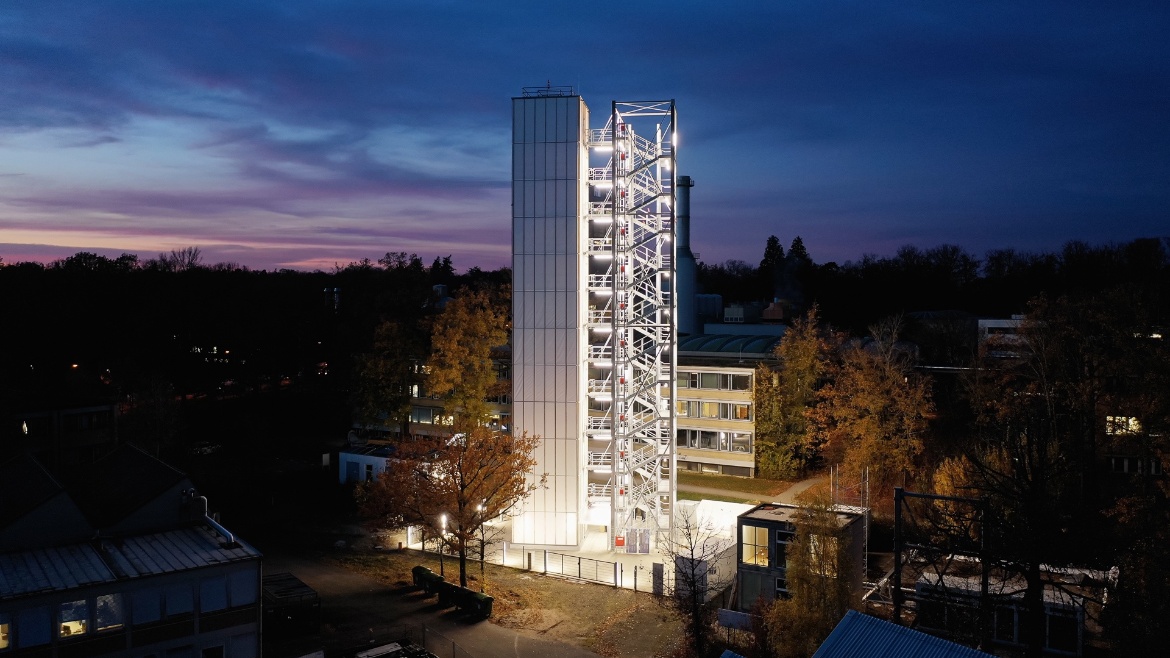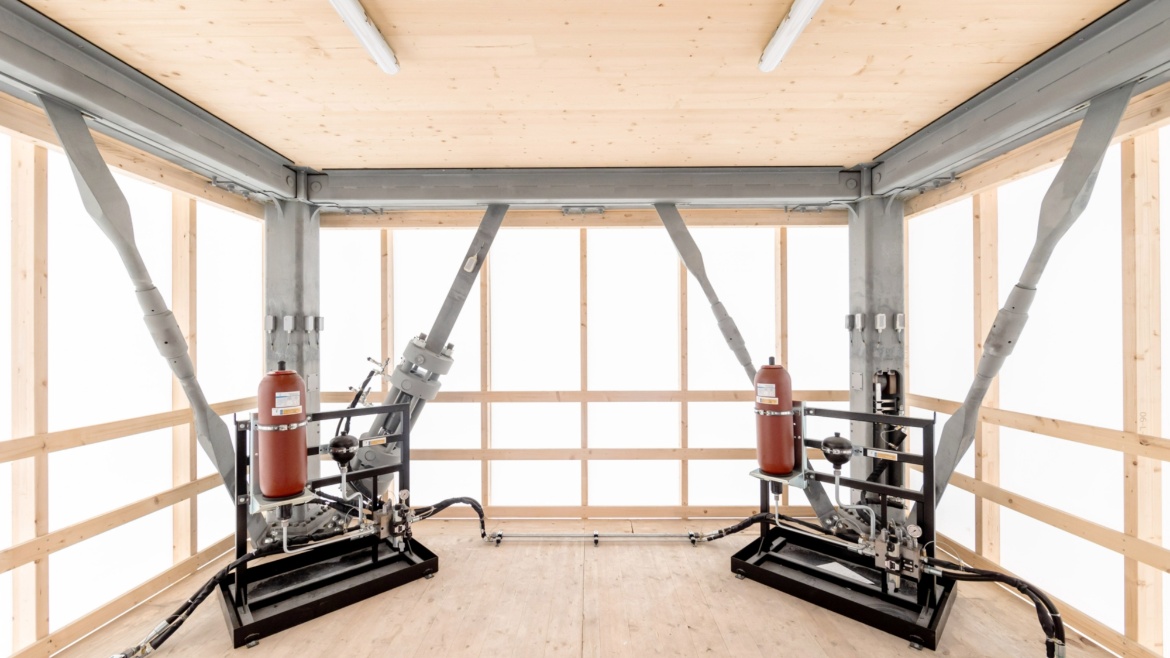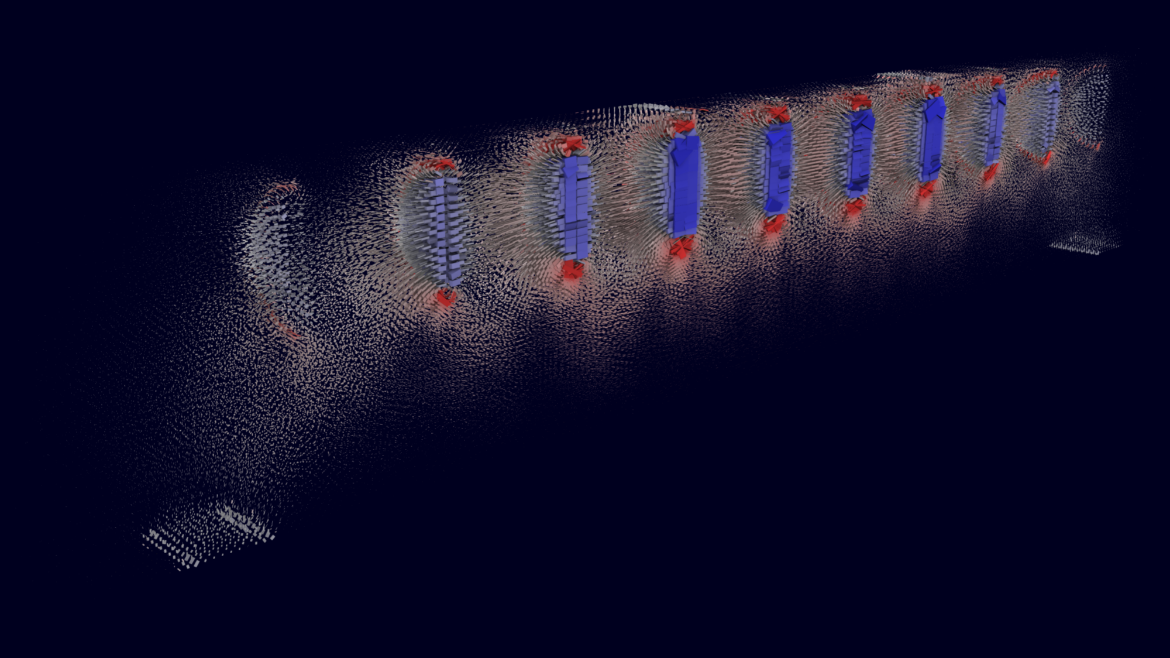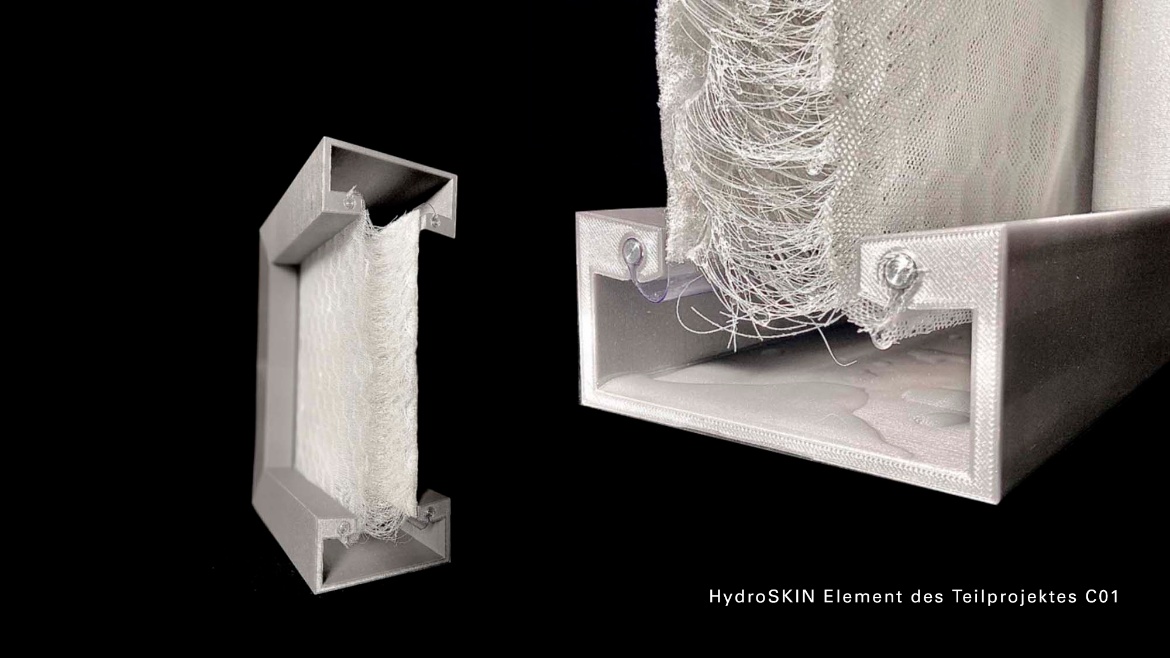Collaborative Research Centre 1244
Adaptive skins and structures for the built environment of tomorrow
Since January 2017, fourteen institutes at the University of Stuttgart have been working in close interdisciplinary collaboration on the question of how, in light of the growing world population and depleting resources, future built environments can be created using minimal resources and reducing carbon emissions. The aim of CRC 1244 is to find answers to the pressing ecological and social questions of our time for the construction sector. The objective is to significantly reduce the use of resources through new design strategies and technologies, which enable structures and envelopes to be adaptive against loading and environmental actions.
Prof. Werner Sobek (the former Head of the Institute for Lightweight Structures and Conceptual Design), led the CRC 1244 as spokesman until the end of 2020. Since January 2021, Prof. Oliver Sawodny (current Head of the Institute of System Dynamics) has taken the role of spokesman, supported by Prof. Lucio Blandini, current Head of the Institute for Lightweight Structures and Conceptual Design and deputy spokesman. The numerous publications authored by the CRC 1244 scientific team offer valuable insight into the research findings to date:
D1244 - The world's first adaptive skyscraper
D1244 is the world's first adaptive high-rise building developed and built at the University of Stuttgart within the framework of CRC 1244. The unique feature of this demonstrator is the integration of sensors and adaptive components into the load-bearing structure and façade. The adaptive components in the load-bearing structure enable it to react autonomously against external disturbances such as strong winds and earthquakes. The structural response caused by external disturbances is monitored through sensors. The action of the adaptive components is
to modify the structural response to guarantee safety and serviceability. State-of-the-art hydraulic actuators are employed as the active components, which can be thought of as “muscles” referring to an analogy with human anatomy. This way, vibrations can be dampened, and excessive deformations can be reduced actively when it is required. This enables significant material savings compared with conventional passive structures that, instead, are typically overdesigned to resist strong but infrequent loads.
The application of adaptive design strategies and technologies offers a new range of functionalities for building façades. The aim is to create a new type of adaptable building envelope that can respond optimally to changing environmental conditions and user requirements. The building envelope currently consists of a single-layer recycled membrane that is being gradually replaced by adaptive facades as the research projects unfold. Innovative concepts are being developed for different objectives, including control of daylight illuminance, solar heat gains, ventilation, and heat transfer. In addition, new strategies are being tested for influencing microclimatic conditions in the vicinity of the building, for example, by means of rainwater retention and evaporative cooling, as well as by reflecting solar radiation towards the sky.
Key milestones of the design and construction process of D1244 in 2020 and 2021 have been documented in this video:
Adaptivity as a catalyst for transformation
Through the development of novel adaptive systems for all areas of the built environment, CRC 1244 stands for sustainable architecture that takes into account ecological, economic, and socio-cultural aspects. Underlying this research objective is the shared belief that material and energy consumption and associated carbon emissions must be significantly reduced in the near future; while improving the quality of life of the inhabitants.
The application of adaptive design strategies and technologies in the built environment requires a fundamental transformation in the architectural conception of buildings. Accordingly, CRC 1244 research agenda gives equal importance to the development of building components as well as system integration through innovative design, monitoring, and maintenance strategies. Such an integrated approach maximizes the chances for the construction sector to meet the challenges of our time.
CRC1244 has been funded by Deutsche Forschungsgemeinschaft under project number 279064222.

Oliver Sawodny
Prof. Dr.-Ing. Dr. h.c.Speaker, Board of Directors, Subproject Leader

Walter Haase
Dr.-Ing.Director, Board of Director & Subproject Leader

Adelheid Winkler
Coordination & Financial Accounting of the CRC1244

















